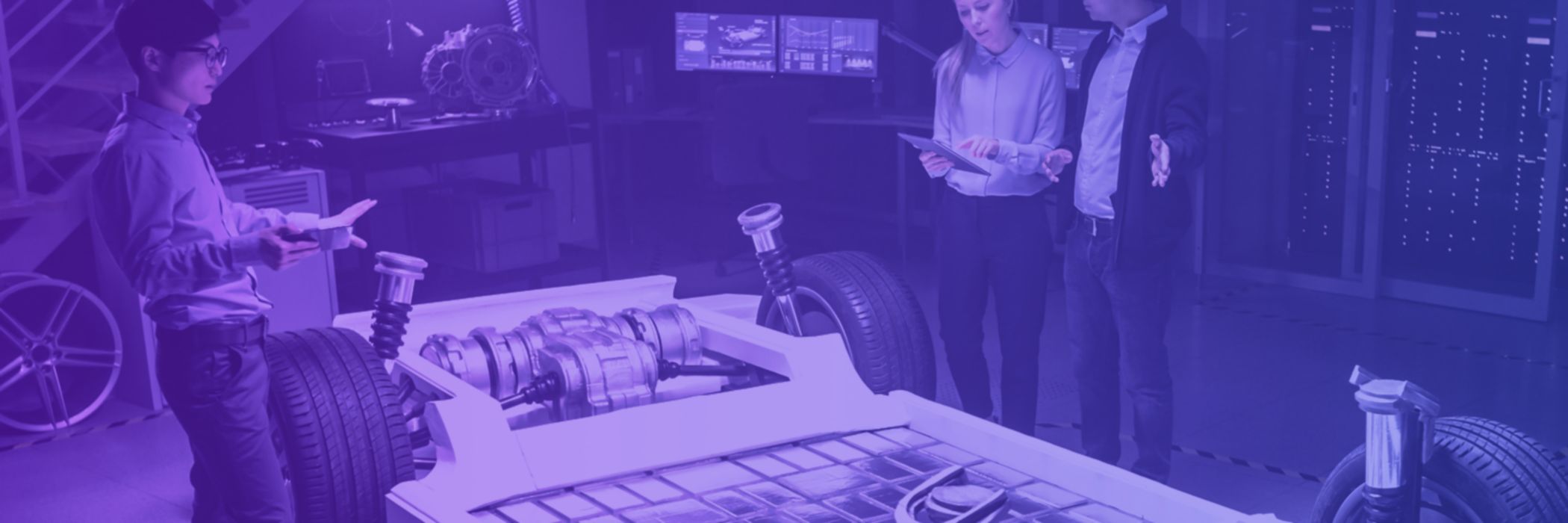The market for electric vehicle batteries is growing rapidly: experts expect demand to increase tenfold by 2030. At the same time, the EU is introducing new recycling regulations - and it is not only geopolitical upheavals that are complicating manufacturers' raw material purchases. In the white paper "Automotive Industry Insights" we discuss how promising the circular economy is in this area in view of this mixed situation.
One thing is clear: the new EU Battery Regulation, part of the EU Green Deal and currently still being drafted, will expand the reuse and recycling of batteries at the end of their useful life and service life in the future. The most important goal: to reduce harmful environmental impacts. Battery manufacturers are therefore faced with various challenges - from compliance with new EU collection quotas to the purchase of limited metals.
Goran Mazar
Partner, EMA & German Head of ESG and Automotive
KPMG AG Wirtschaftsprüfungsgesellschaft
Circular economy reduces waste and increases productivity
Particularly relevant to the upcoming change: "It is not only the lack of standardisation of materials and design that limits the recycling and reuse of batteries. We also need renewable energy and more process efficiency in battery manufacturing processes," says Goran Mazar, EMA and Germany Head of ESG and Automotive.
The circular economy is the conceptual way forward for automotive manufacturers. It is a "regenerative" model that preserves the value of the resources that "circulate" within it. Resources include products, components and materials of all kinds equally. Waste is avoided, pollution is reduced. And productivity increases.
New business models support the introduction of electric vehicles
But what does this mean for the implementation of new processes in the value chain? Arnoud Walrecht, Partner and Global Circular Economy Lead at KPMG in the Netherlands, says that in addition to working with battery producers, car manufacturers should also acquire companies that offer circular economy solutions.
In addition, Walrecht points out, "Standardisation of battery types, circularity by design and end-of-life as well as end-of-use information will be key to a smooth implementation of new circular economy business models that support the adoption of electric vehicles."
Read more details as well as application examples in the whitepaper here.
Automotive Industry Insights
Learn more about the current focus topics of the automotive sector in our white papers:




